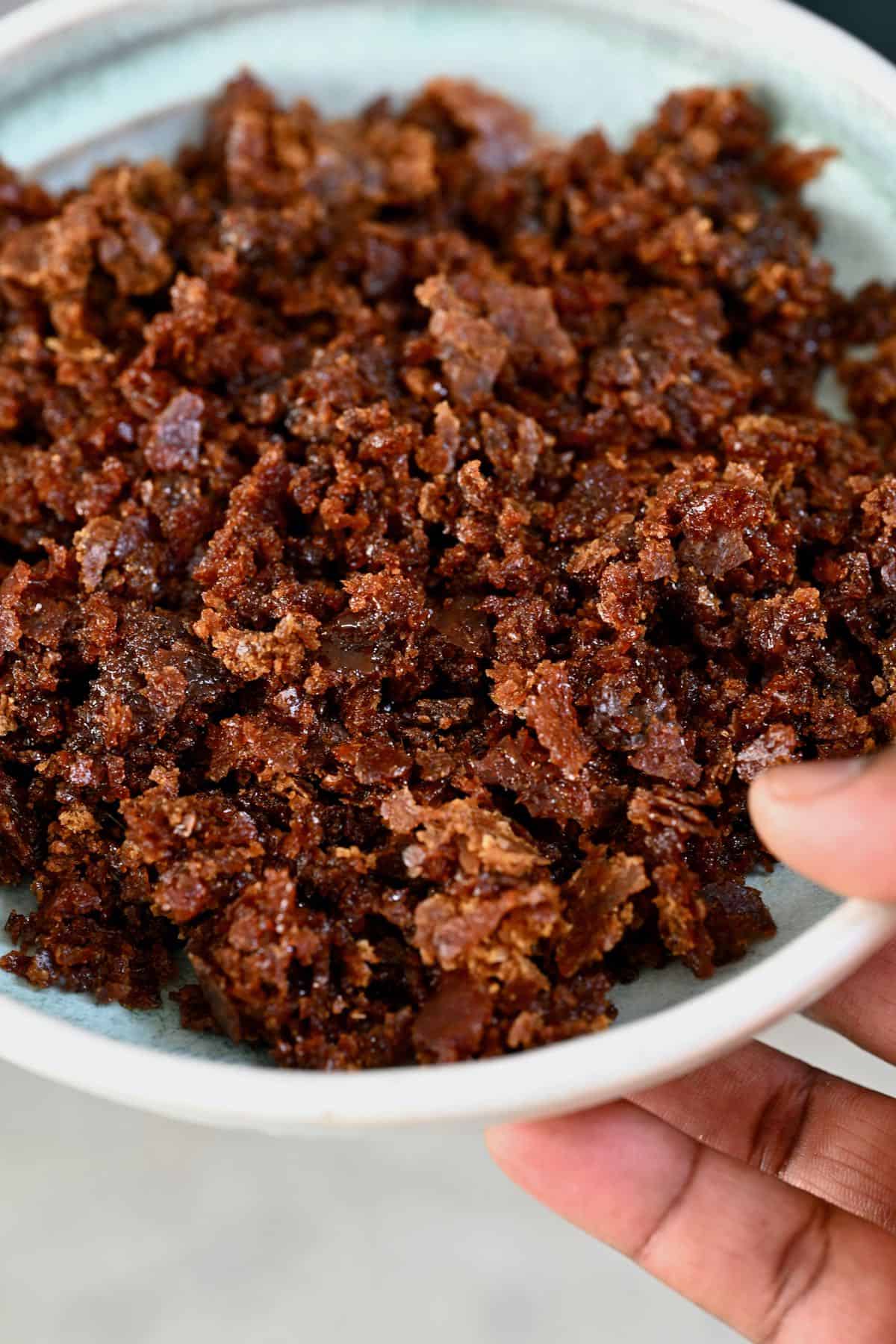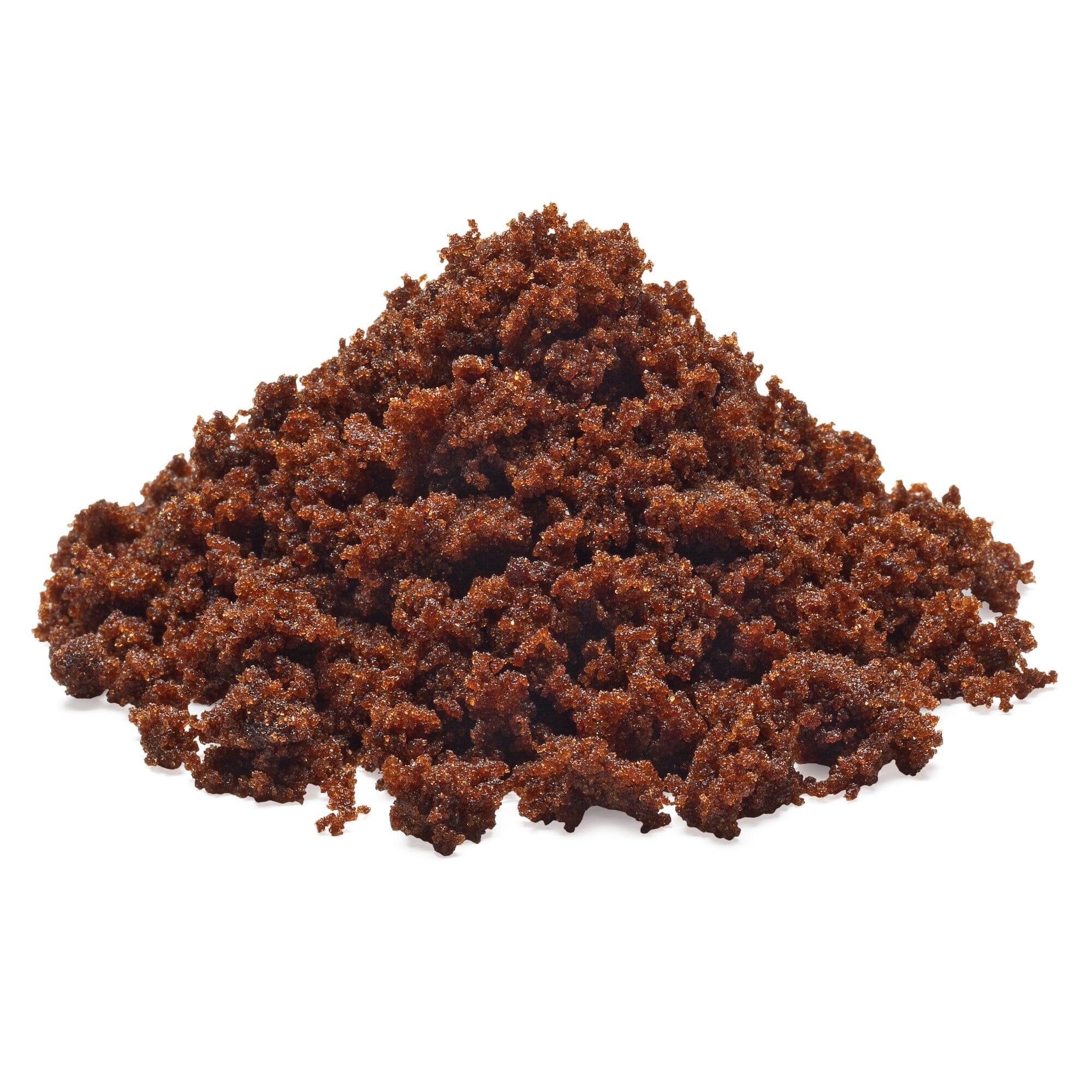Cane Sugar Processing: From Area to Table-- A Step-by-Step Guide
Wiki Article
Exploring the Comprehensive Steps Associated With Walking Stick Sugar Handling From Gathering to Refinement
The procedure of walking cane sugar manufacturing encompasses a collection of detailed actions, beginning with the cautious harvesting of sugarcane and culminating in the improvement phases that ensure the end product fulfills market requirements. Each stage, from the removal of juice to the purification and formation processes, plays a crucial duty in figuring out the top quality and character of the sugar. Understanding these stages not just highlights the intricacy of sugar manufacturing however likewise raises important concerns concerning effectiveness, sustainability, and technology in the sector. What ramifications do these factors have for future techniques?Collecting Sugarcane
Gathering sugarcane is an important action in the walking cane sugar handling chain, as it straight influences the high quality and yield of the final product. Proper timing and techniques are important during this phase to make sure ideal sugar web content and decrease losses. Normally, sugarcane is harvested when it reaches maturity, typically 12 to 18 months after planting, characterized by a high sucrose focus.

Post-harvest, the sugarcane should be refined swiftly to avoid sucrose degradation. Preferably, collected walking stick needs to be moved to processing centers within 24 hours to maintain sugar high quality. Therefore, efficient logistical preparation is essential to keep the integrity of the gathered crop throughout the supply chain.
Extraction Refine

The smashed walking stick goes through a series of pushing procedures to take full advantage of juice recuperation. Typically, warm water is splashed onto the crushed walking stick, producing a countercurrent flow that aids liquify the sugar while likewise aiding in the removal procedure. The juice gathered from this operation contains not just sugar yet additionally different organic compounds and contaminations.

To improve extraction performance, some facilities might utilize diffusion methods, where the sugarcane is saturated in warm water, allowing the soluble sugars to diffuse right into the liquid. The resulting juice, abundant in sucrose, is then routed to succeeding processing phases, laying the foundation for filtration and refinement. The removal process is therefore pivotal in identifying the quality and return of the final sugar product.
Purification Strategies
The purification techniques utilized in walking stick sugar processing are important for transforming the raw juice right into a top notch sugar product. These methods primarily intend to remove impurities, such as soil, plant materials, and not natural compounds, which can adversely influence the end product's flavor and color.This procedure includes including lime and warmth to the raw juice, which helps with the coagulation of pollutants. In addition, the usage of phosphoric acid can improve the explanation procedure by more binding pollutants.
An additional substantial technique is carbonatation, where carbon dioxide is introduced to the cleared up juice. This reaction produces calcium carbonate, which captures remaining impurities and promotes their removal.
Additionally, triggered carbon treatment may be put on adsorb any type of continuing to be colorants and natural impurities, making sure an extra polished item. The mix of these methods successfully prepares the sugar juice for succeeding steps in the refining process, setting the stage for the production of high-grade view it walking cane sugar.
Crystallization Methods
After the purification stage, the next important action in walking stick sugar processing involves crystallization approaches, which play an essential function in transforming the clarified juice right into solid sugar. This process typically uses 2 primary approaches: spontaneous formation and controlled crystallization.In spontaneous formation, supersaturated sugar solutions are enabled to cool down naturally, leading to the development of sugar crystals over time. This approach allows for the uniform development of sugar crystals and higher pureness.
During crystallization, the made clear juice is concentrated via evaporation, increasing its sugar material until it gets to supersaturation. When this factor is accomplished, either method can facilitate the condensation procedure. Cane Sugar Processing. The resultant sugar crystals are after that divided from the remaining syrup with centrifugation
Inevitably, the choice of condensation method affects the top quality, size, and purity of the last sugar product, making this action vital in the total walking stick sugar processing treatment.
Refinement and Packaging
Exactly how can the pureness and quality of walking stick sugar be further enhanced after crystallization? The refinement process plays a critical role in achieving top quality walking stick sugar. Following crystallization, sugar goes through an extensive washing to remove impurities and recurring molasses. This is typically achieved utilizing warm water or steam, which aids liquify and extract unwanted elements while protecting the sugar crystals.Following, the sugar is subjected to a process called centrifugation, where it is rotated at broadband to separate the detoxified sugar crystals from the remaining liquid. After centrifugation, the sugar is typically further improved through an approach called carbonization or phosphatation, which uses triggered carbon or phosphoric acid to eliminate shade and off-flavors.
Once improved, the sugar is dried to attain the wanted wetness content, making certain that it stays stable throughout storage and transportation. The final action involves product packaging the refined sugar in moisture-proof and closed containers to preserve its quality and go to this site stop contamination. Cane Sugar Processing. Proper product packaging not only expands service life however additionally assists in simple handling and distribution, making sure that customers receive sugar that satisfies the highest possible standards of purity and quality
Final Thought
The comprehensive steps associated with cane sugar handling, from the thorough harvesting of sugarcane to the detailed refinement and packaging phases, emphasize the significance of each stage in making certain top notch sugar manufacturing. Optimum harvesting techniques, efficient extraction methods, and rigorous check these guys out purification processes collectively add to the end product's purity and stability. The crystallization and subsequent packaging practices even more enhance the integrity and service life of the sugar, highlighting the complexity and precision integral in this important farming industry.The process of walking stick sugar manufacturing incorporates a collection of intricate steps, beginning with the mindful harvesting of sugarcane and finishing in the refinement stages that make sure the last item fulfills sector criteria. Preferably, gathered cane ought to be delivered to refining centers within 24 hours to protect sugar quality.In spontaneous condensation, supersaturated sugar remedies are permitted to cool down naturally, leading to the formation of sugar crystals over time - Cane Sugar Processing. The refinement procedure plays an important duty in attaining high-quality walking stick sugar.The extensive steps entailed in walking cane sugar handling, from the thorough harvesting of sugarcane to the detailed improvement and product packaging phases, highlight the relevance of each stage in ensuring premium sugar production
Report this wiki page